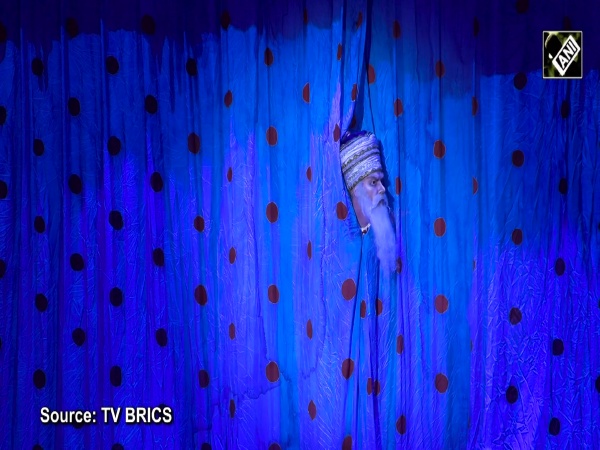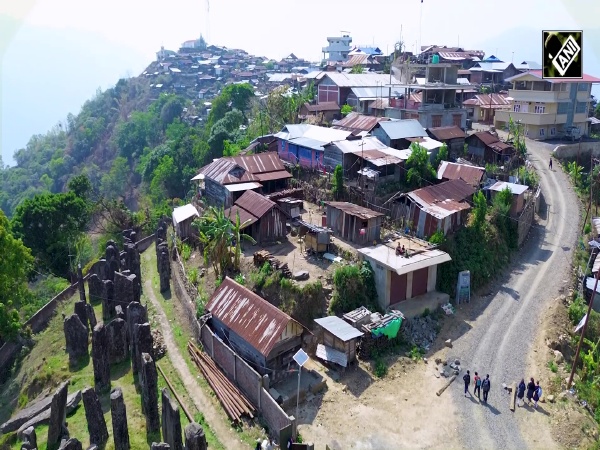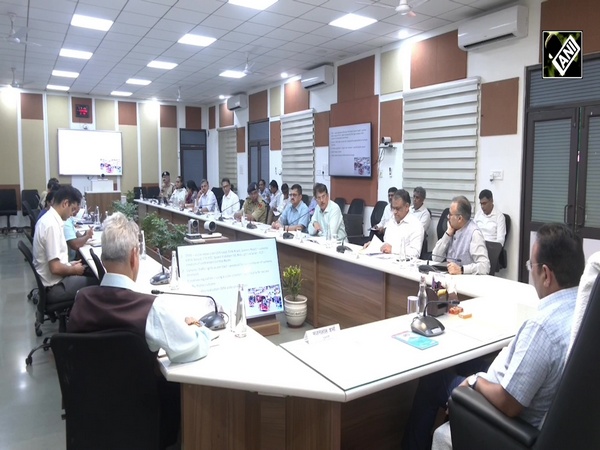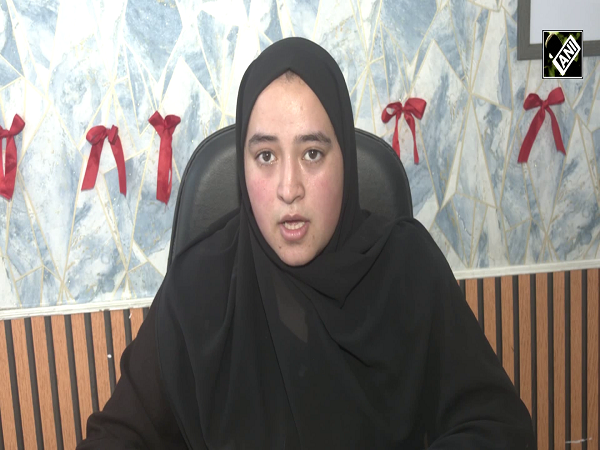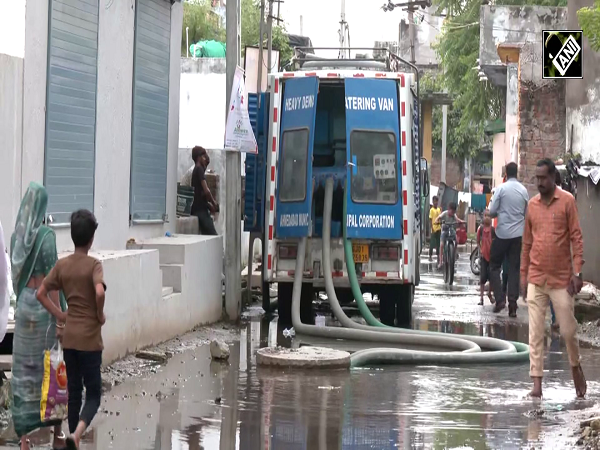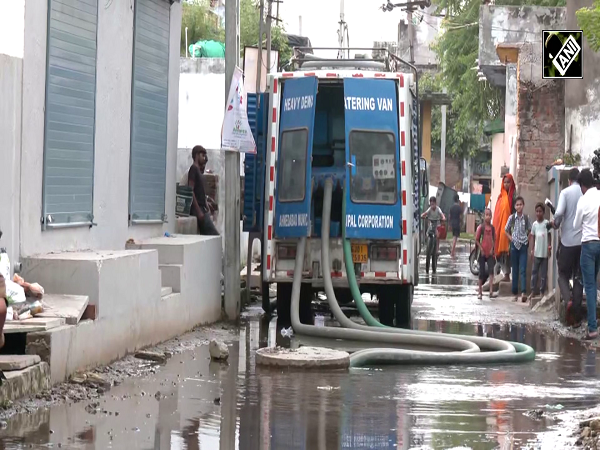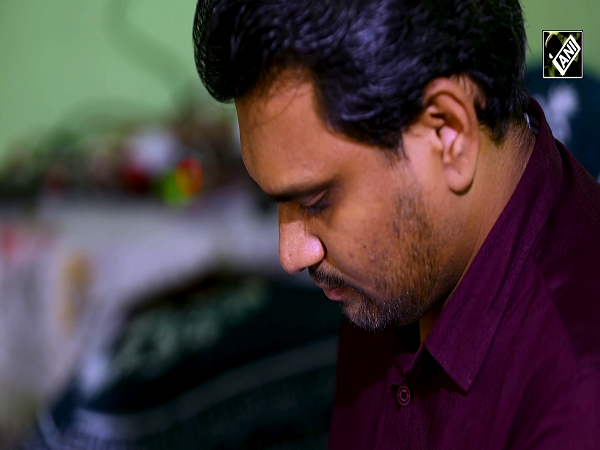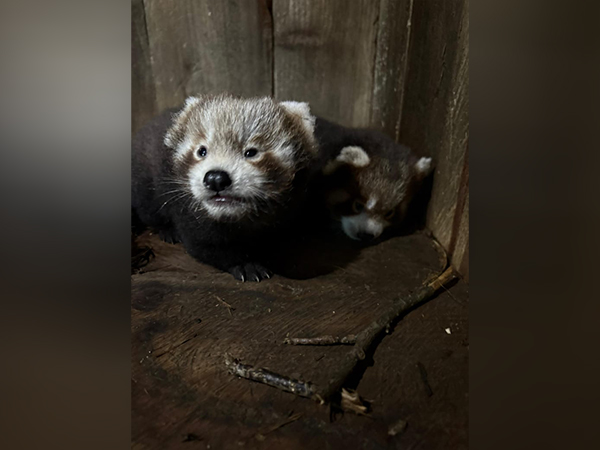
Sikkim: Red panda cubs born at Himalayan Zoological Park after seven-year gap
Aug 02, 2025
Gangtok (Sikkim) [India], August 2 : After a long gap of seven years, the Himalayan Zoological Park in Bulbuley has welcomed the birth of two red panda cubs, a hopeful sign for the park's breeding program that has weathered years of setbacks, including deadly disease outbreaks.
According to a release, the Himalayan Zoological Park (HZP), Bulbuley is thrilled to announce the birth of two red panda cubs as part of its ongoing Red Panda Conservation Breeding Program. The cubs were born on June 15 2025 to parents Lucky(II) and Mirak.
This is the pair's first litter together and marks a significant milestone in the Park's conservation efforts.
As per the release, "This birth is especially heartening as it comes after a difficult period in the program's history - a seven-year gap in successful births due to challenges like the two outbreaks of Canine Distemper that nearly decimated the captive red panda population."
Initiated in 1997, HZP's Conservation Breeding Program began with a pair of red pandas--Preeti from Rotterdam Zoo and Jugal from Padmaja Naidu Himalayan Zoological Park, Darjeeling. Their successful breeding laid the foundation for a thriving genetic lineage. In 2005, the program was further strengthened with the inclusion of a wild-origin pair, Lucky and Ram, helping expand and diversify the genetic pool.
All red pandas born under this program are tracked through national and international studbooks to ensure healthy genetic variability and global breeding cooperation.
Red pandas typically breed in the winter months between November and January. After a gestation period of around five months, females give birth between June and August, in warm, hidden nests. Remarkably, both Lucky(II) and Mirak were observed participating in nest-building--a rare instance of male involvement. However, cub-rearing remains the mother's responsibility, who teaches the young to climb and forage. Any disturbance by predators or humans can result in the cubs being abandoned at this vulnerable age.
The cubs will be raised by their parents away from the public eye until they are old enough for viewing. These new cubs will stay with their mother for over a year, reaching full size by 12 months and becoming sexually mature by 18 months. Their health and compatibility will then be assessed as part of future breeding strategies.
The birth of these cubs is a beacon of hope for red panda conservation in Sikkim and highlights the resilience of the program and its dedicated team. The Himalayan Zoological Park remains committed to the protection and recovery of this endangered species.










